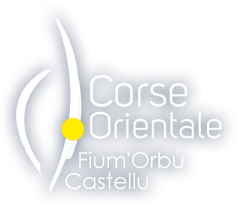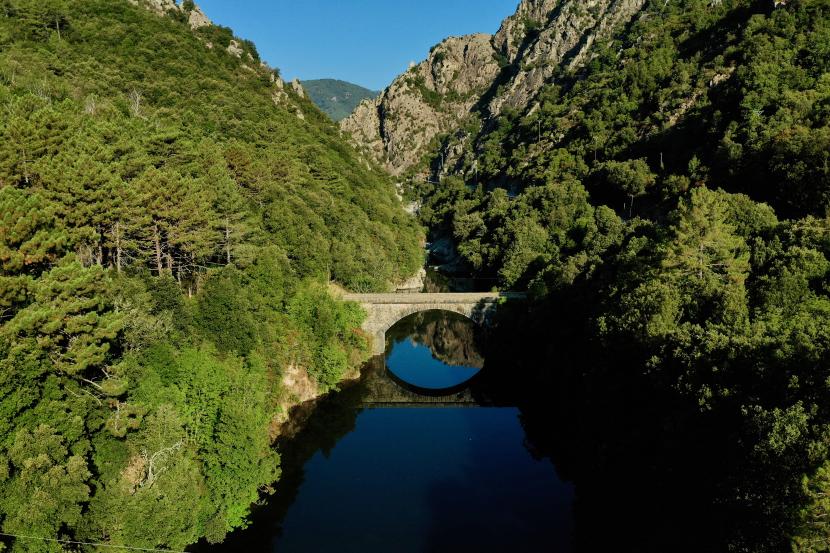The Fiumorbu (which means turbid water in the corsican language) is a river that flows around the north of a small region to which it gave its name. It is a land of contrast, a contrast between the steep highlands and the fertile alluvial land of the coast covered with vines and eucalyptus.
A mountainous area of schist and sandstone covered with chestnut trees or thick scrubland, home to numerous villages accessible by roads that often end in a cul de sac.
Until recently, the villages were isolated from the outside world; they still have communal ovens and wash houses. The roads are winding and very narrow, but they offer superb views over the Aléria plain, the Palo lake and the Abatesco valley. It crosses the villages of Pietrapola, Isulacciu, San Gavinu, Serra until Prunelli which is the centre of the Fiumorbu, a jewel offering a panorama of breathtaking beauty, which extends from the eastern plain to Aléria and its ponds and the whole valley.

